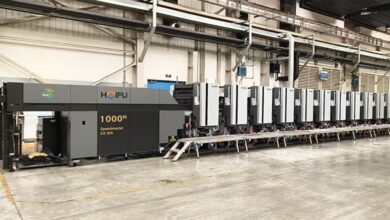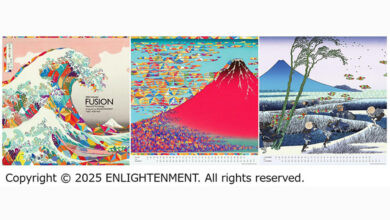Kongsberg Launches Online Store for Consumables

With the new platform from Kongsberg Precision Cutting Systems (Kongsberg PCS), businesses can now minimize downtime when ordering and awaiting delivery of the vital components they need to bring designs to life.
“One of our key objectives is to achieve best-in-class performance for our customer service,” said Stuart Fox, President and CEO of Kongsberg PCS. “Since launching as a standalone business we have been working hard to ensure we have the best people, processes and programs in place to help us achieve that goal. I am delighted to say that we have now launched our new online sales platform to help keep businesses moving with a service that is faster, better and easier to use.”
The new cloud-based consumables platform, store.kongsbergsystems.com, is powered by Salesforce B2B, helping boost Kongsberg PCS response times and minimize delays. “The system also addresses one of our most common customer requests, enabling multiple account groups to be managed by a single purchaser,” said Stuart. “There’s also demo videos, advice guides and additional functionality to enable one-click re-ordering, as well as simplified access to a customer’s order history and information on their installed products.
“All this, together with improved ways of searching for individual bits, blades or other consumables, means that our customers can now enjoy a much simpler and therefore quicker ordering experience, ensuring their purchases are ordered and dispatched without delay,” he said.
“We know that great service results in a great customer experience, and we’re proud to have a real focus on training and supporting our team to deliver that,” added Stuart. “We want our customers to enjoy the experience of owning a Kongsberg machine and we are committed to putting every effort into ensuring our deployment and service is the best. Our new consumables sales platform is the latest step on our journey to achieving that.”





